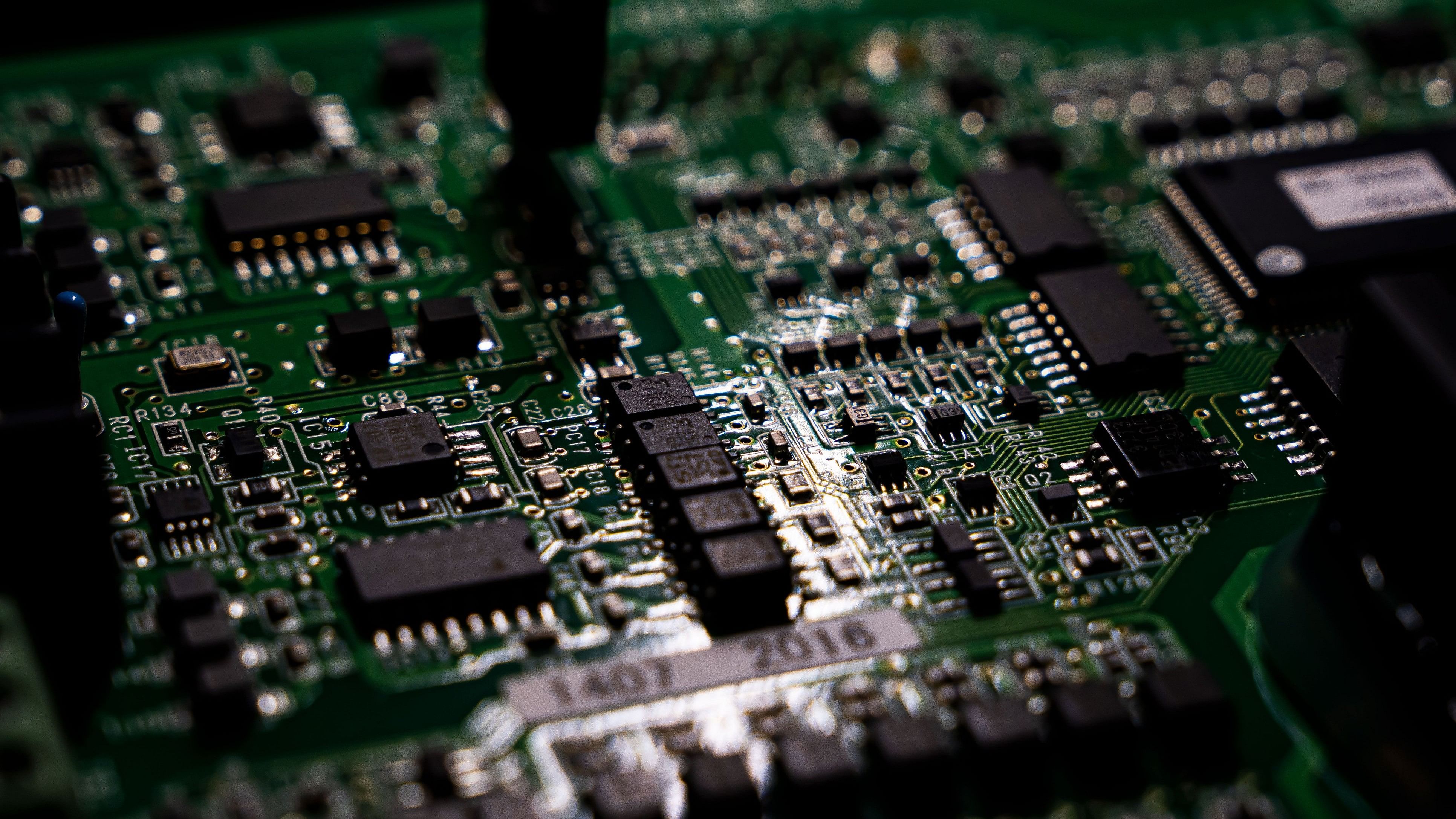
Defining the government's focus for the future is crucial as it gives clarity to the private sector, and confidence in the government’s long-term vision for the semiconductor sector. (Representative image)
Credit: iStock Photo
As the Narendra Modi-led National Democratic Alliance (NDA) government has come back to power — albeit with a lower majority than its previous two terms — there is curiosity about how the policies and incentives related to its manufacturing push in the semiconductor field will play out over the next five years.
Let’s take a quick look at what has been done so far with the Rs 76,000 crore incentive package announced in December 2021. As per an April update by the Ministry of Electronics and Information Technology (MeitY), one Assembly, Testing, Marking and Packaging (ATMP) unit, two Outsourced Semiconductor Assembly and Test (OSAT) units and one Silicon fab have been approved.
The Rs 22,516 crore capital investment ATMP unit by Micron was approved for incentives in June 2023, while the others, namely the Rs 27,000 crore Tata Semiconductor Assembly and Test (TSAT) Pvt Ltd, Rs 7,600 crore OSAT unit by CG Power, and the Rs 91,000 silicon fab unit by Tata Electronics Private Limited (TEPL) were approved on the eve of the general elections, on February 29.
While the Micron approval led to some criticism and later a clarification, it is part of the India-US iCET effort which continues to look at avenues of co-operation. The Micron deal was the icebreaker for India's multi-decade-long wait and it is important to note that the three projects approved after that are led by Indian investors.
The investment numbers for these four projects might be over Rs 1.48 lakh-crore, but the 50 per cent incentive criteria may apply to the full project costs for fabs and capex for the OSAT and the ATMP units. There are also the incentives for the 11 Design Linked Incentive (DLI) schemes approved so far. All put together, it was no surprise when in May, the MeitY secretary said that “we have about Rs 5,000 crore left in the semiconductor package”.
So, what would these four projects once completed and fully functional give in return to India? For chip packaging, apart from the three units approved, if some of the additional applications are approved, perhaps India may reach a 10 per cent global market share by 2030. On March 7, Union minister Ashwini Vaishnaw said that India was aiming at a market share of 10 per cent in global ATMP/OSAT within the next five years.
This is an ambitious target given that the competition is against the likes of China which currently owns 30 per cent, Taiwan (28 per cent) and the likes of South Korea, Japan, Malaysia, Vietnam who together own about 35 per cent. Moreover, the inputs for ATMP/OSAT units are predominantly the silicon wafers on which integrated circuits (ICs) are fabricated, and India currently has no commercial fabs.
How much will the approved silicon fab, when fully operational, contribute to the global share of semiconductors? The fabs sanctioned capacity is about 50,000 wafer starts per month (wspm), and it is likely to take two-three years for construction as well as equipment move-in and another three-five years to reach its full capacity (even if operations are fast-tracked). By the end of this year, the global capacity is expected to reach 30 million wafers of 200mm size, which may be approximately 14 million of 300mm size. By 2030-2032, when the TEPL fab is expected to be fully loaded, the global capacity is likely to be close to 25 million 300mm size. Given this, 50,000 wspm will be only about 0.2 per cent. Yet, this small start is critical for India.
This brings the attention back to how much is the new government going to allocate further for the incentive schemes, especially for silicon-based chip fabs. An even bigger question is which other players with commercial fabs will show interest either to invest directly or in technology transfer like what Powerchip (PSMC) is set to do with the TEPL.
Defining the government's focus for the future is crucial as it gives clarity to the private sector, and confidence in the government’s long-term vision for the semiconductor sector. The 65nm-40nm fab proposal from Tower Semiconductors, if approved, can help India pick up more market share as well as diversify into areas like Analog chips. However, if there is insistence that any further approval for silicon fabs will only be for technology nodes 28nm or less, then better spell it out clearly and be ready for an unknown waiting period. It must be noted that even Powerchip has 28nm logic only in development, but is expected to get it to production in its upcoming fab at Tongluo, Taiwan in a few years.
The apex body India Semiconductor Mission is yet to get a CEO or CTO, or perhaps even much of its staff with commercial semiconductor industry experience and for Vaishnaw the semiconductor mission remains one of his many priorities.
(Arun Mampazhy is a semiconductor engineer.)
Disclaimer: The views expressed above are the author's own. They do not necessarily reflect the views of DH.